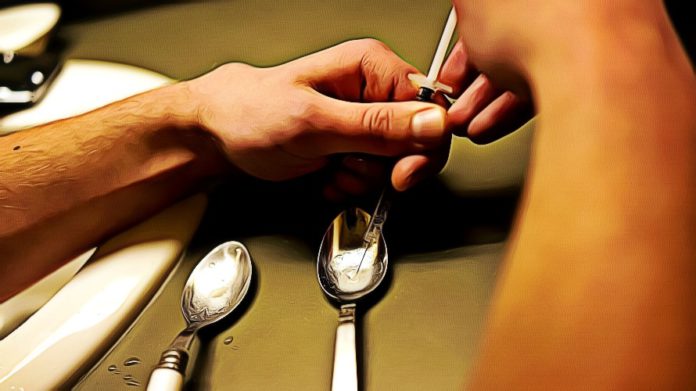The United States definitely has an opioid problem, and this is causing tons of overdoses and criminal cases because of its use. The drug war continues to rage on in most places, but there are also states starting to open up to legal use of previously illicit substances. In 2021, addiction is still omnipresent, and many people are starting to abuse drugs and alcohol because of the stress the pandemic causes. This lack of movement freedom and other healthy activities gives any recovering addict a more difficult time, which is something that loved ones will want to monitor.
Nothing is worse than losing a family member to drugs, and the opioid problem of the United States is causing tons of overdoses over each month to these dangerous substances. Professionals always suggest addiction treatment at a local rehabilitation center for any opioid addiction, as chemical dependency has detrimental effects on the body. One of the deadliest substances Americans love to abuse is heroin, and early users can be difficult to monitor. However, as time goes by, you will notice what is called “track marks” on the arms of those who inject drugs. Here’s more about monitoring track marks and seeking treatment for loved ones abusing these dangerous drugs:
What are Track Marks and How to Spot Them
Track marks are a sign of more advanced stages of drug usage. Injecting substances is not something that first-time users do because it’s a very risk. Needles are often the scariest part of drug use, as smoking, snorting, and ingesting substances are safe and non-invasive. Using an injection means you’re placing the drugs straight into the bloodstream, causing a more intense high that hits faster than the usual ingestion methods.
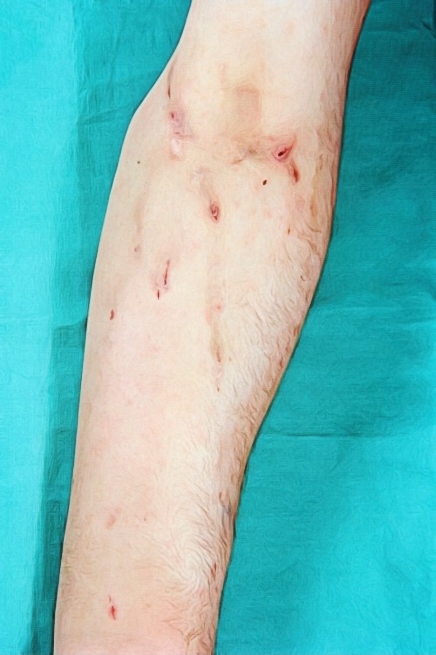
Heroin is a typical injectable drug, but there are others available for use with their respective effects. The issue with injecting is that people may share needles or use them improperly, which causes health issues and even diseases to be transmitted. Additionally, bloodstream-injected drugs are often more potent and cause an even stronger addiction to substances, making people want to use more and more.
Needles will always leave marks if they are overused. The reason why blood tests don’t leave any track marks is that they aren’t conducted very often, which means the skin doesn’t develop any irregularities. However, addiction to heroin often has people injecting multiple times a day, which can cause scars and depressions on the skin’s surface. You’ll notice that a loved one is addicted to an injectable substance if you see their arms filled with marks or always bruising in the same areas.
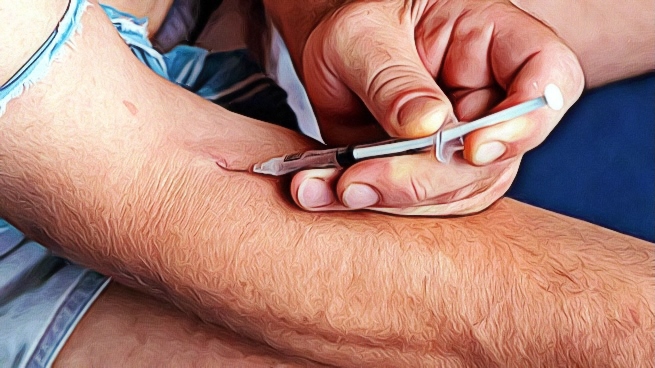
These marks are what you call track marks, which occur when drugs are abused intravenously. It’s a more severe case of drug use as this entails the consumption of hard chemical substances that can be risky to a person’s health and wellbeing. Some people might even use dirty needles if there is no other choice because of the addiction they have developed, and this often ends in fatalities because of infections in the blood. Track marks are easy to spot, and you might notice that a loved one will try to hide them by always wearing long-sleeved shirts or crossing their arms when talking to you. If you’ve noticed their appearances change, their hygiene degrading, or other signs of drug-induced paranoia, it can be a sign that help is needed.
Signs of Heroin Use
Heroin is a deadly drug that is often the cause of track marks in people’s arms. It’s a substance that is heated to liquefy, then intravenously injected into the body to ensure that the high is felt. People develop a tolerance to heroin very quickly, so even using it for the first few times can get people addicted and needing a higher dose to function. This substance increases dopamine production in the brain, which heightens a person’s mood and makes them feel incredible. It shifts reward systems of a person’s psychological processes, which is typically what other opioids also do.
Track marks can indicate heavy heroin use, and you’ll want to make sure that your loved one seeks help from a local rehabilitation center for addiction treatment. This chemical substance is basically a toxic chemical that will deteriorate their health until they eventually overdose and reach complications.
Drug Paraphernalia
Looking for the paraphernalia of heroin and drug users is the quickest way to find out if someone is abusing substances. While an alcoholic might have a room filled with bottles of various beers or hard liquor, heroin addicts have a different set of notable paraphernalia. Heroin can come in either a tar-like substance or a powdery one, and these are distributed in balloons, folded aluminum foil squares, gelatin capsules, and small Ziploc bags.
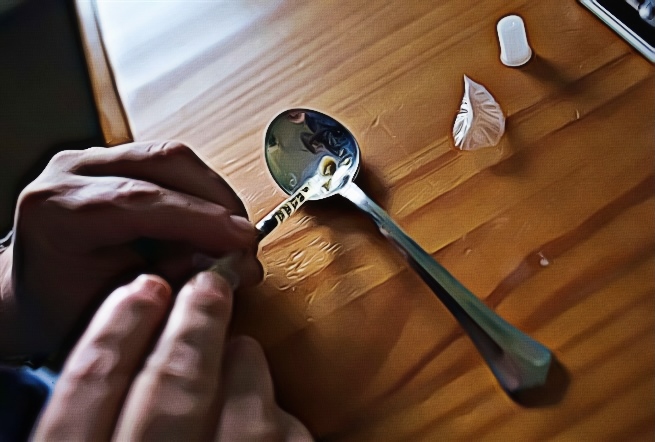
Their rooms might also be a mess, but if you see bottle tops, spoons with burns, bowls and pipes, lighters, cigarette filters, cotton balls, and needles, this indicates heroin use. Spoons are used to heat and cook the heroin to prepare it for injection, and the bottom of these silverware products will have black burns because of excessive heating. Cigarette filters that are undisposed and unused are used as filters for injecting heroin, which is why you might find some cut up cigarettes that aren’t being thrown away. Cotton balls do the same purpose and help make injecting an easier task.
Look around their rooms for the various packaging pieces like rubber balloons for black tar heroin, the aluminum foil squares for powders, and gelatin capsules and baggies. You’ll typically know someone has an addiction to a drug because of their behavior, but catching their paraphernalia in the act will help you know what exactly they are abusing.
Long and Short Term Effects of Intravenous Heroin Use
Heroin is an extremely illegal and regulated substance by the Drug Enforcement Agency because of all the overdoses and deaths related to its use. If the effects of the opioids on the body’s organs won’t kill, it will be the needles and infections that can harm a user’s life. Heroin makes the brain load up with dopamine to feel good, but the high lasts a few hours and shortens after each use, causing people to want more to acquire the pleasurable sensations.
Using heroin has side-effects like dry mouth, body warmth, and feeling a bit heavy. Some people often get nauseous and vomit on their first few uses, followed by pains in the body with severe itchiness. The drop-off of the effect causes drowsiness and can make people fall asleep on the spot. Other people experience clouded judgment and have an inability to function because of discomforts in breathing and irregular heartbeats.
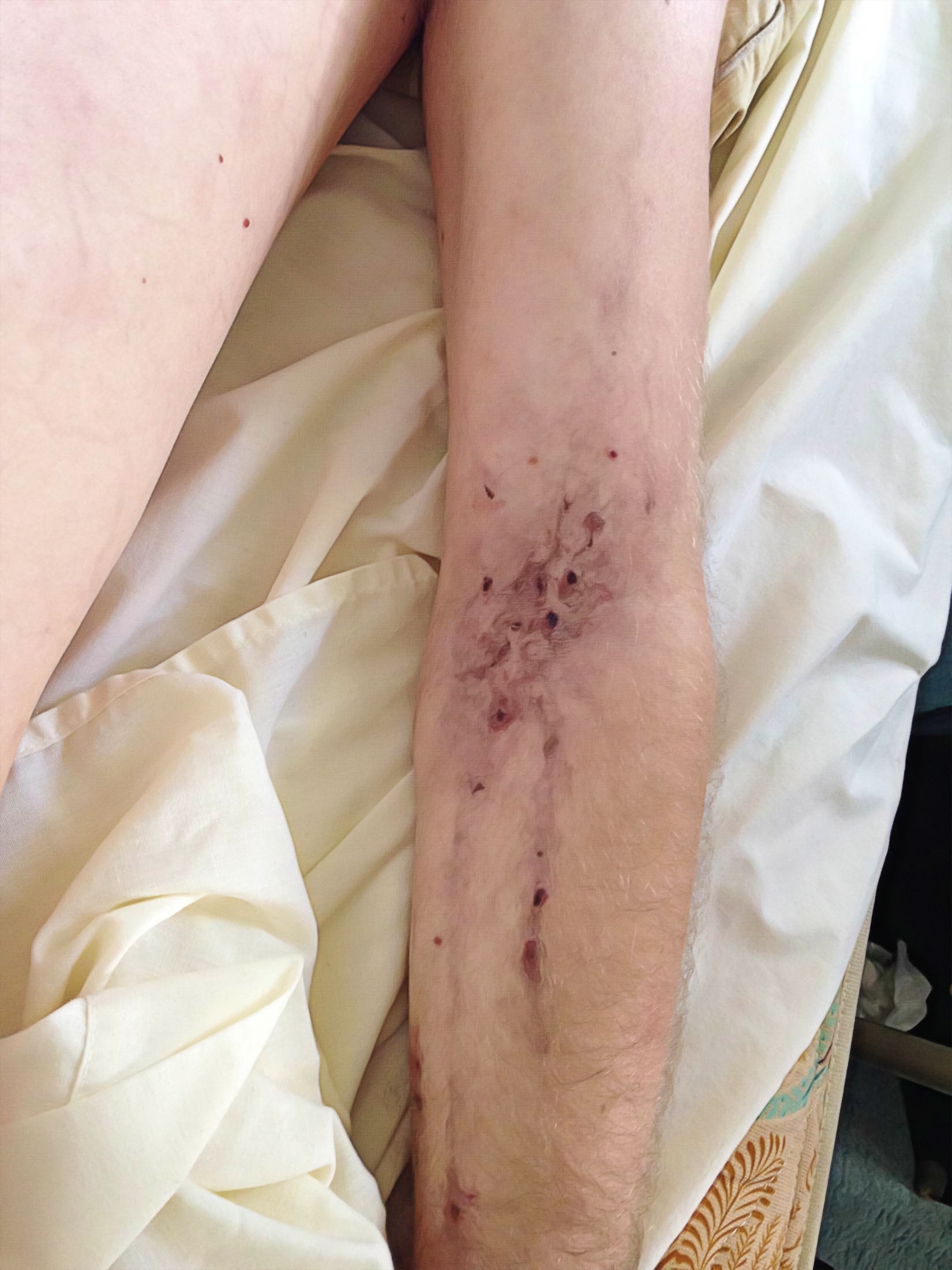
However, this intravenously-injected substance can be deadlier than you think. People who abuse heroin can develop skin infections and permanent marks, while blood clots can occur from too many needle insertions. Additionally, diseases like Hepatitis B and C, HIV, and other sexually-transmitted diseases can arise from sharing needles when group sessions are conducted to take heroin.
Hepatitis B can destroy a person’s liver and comes from sharing needles with others, while Hepatitis C is a more severe variant and can cause fatalities. The long-running issue with scarring and track marks is that they can also cause depression and low self-esteem because of imperfections in a person’s body, which becomes a toxic cycle.
Conclusion
Track marks are very prominent signs of heroin or intravenous injectable abuse. Placing drugs directly into the bloodstream delivers a very potent high and can make the effects kick in almost instantly. This highly addictive method of using drugs can damage lives, which is why addiction treatment is a top option for those who are abusing hard drugs.


